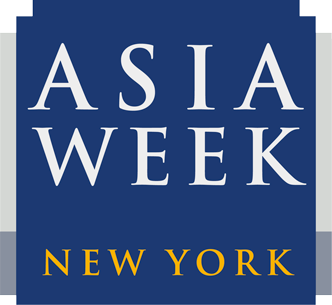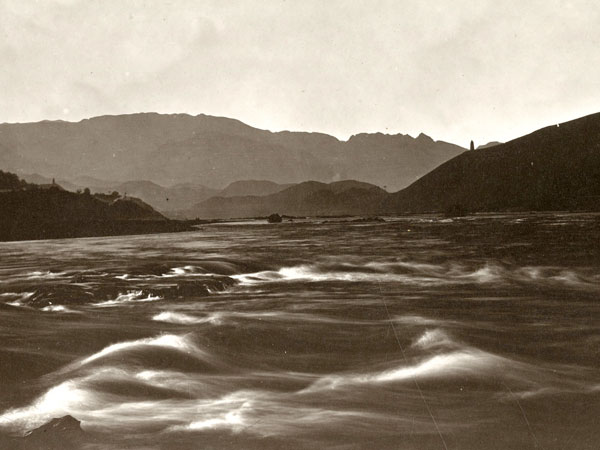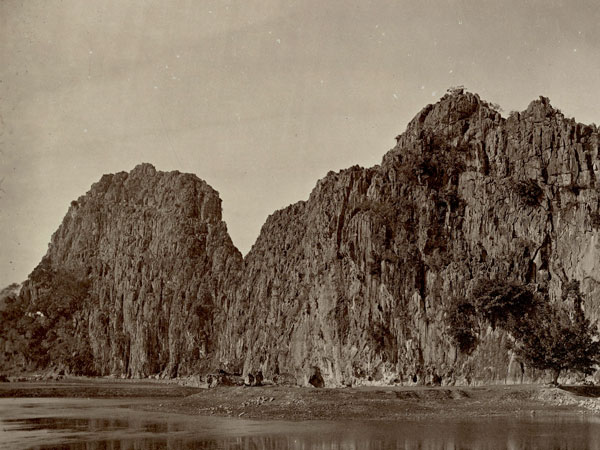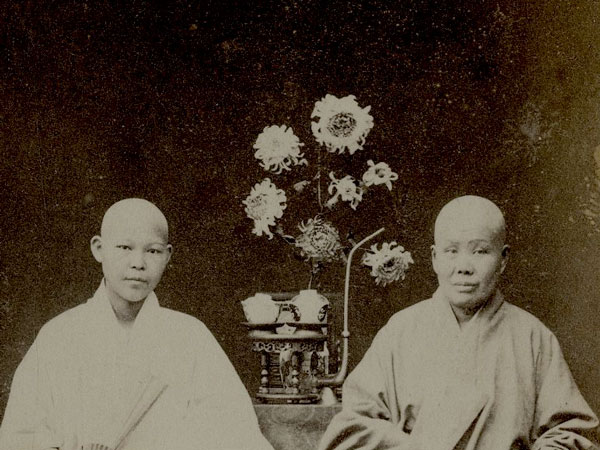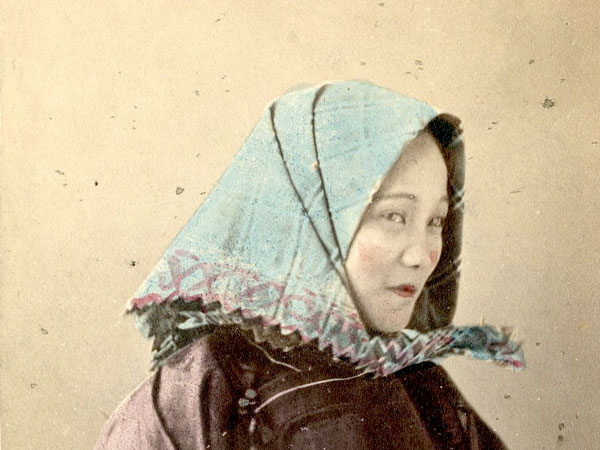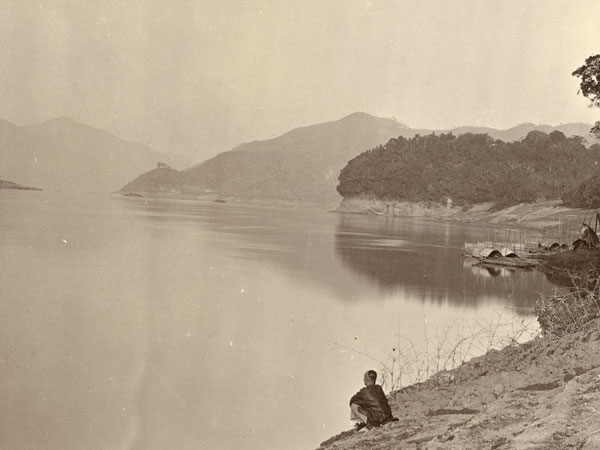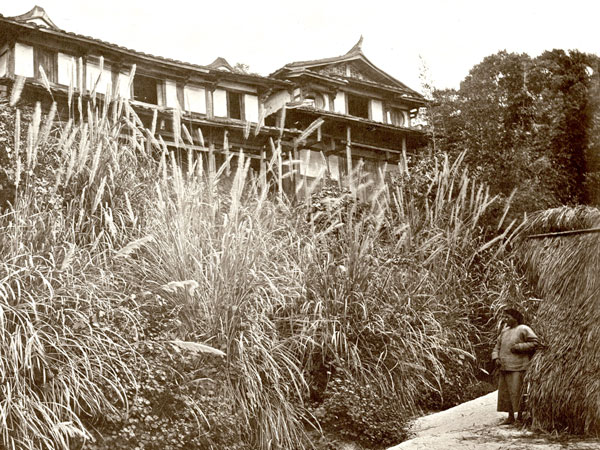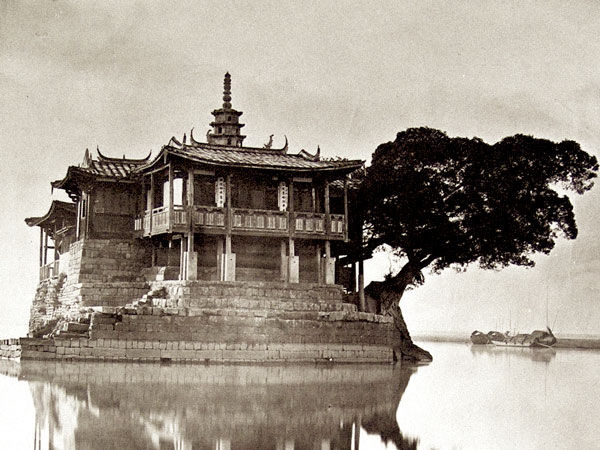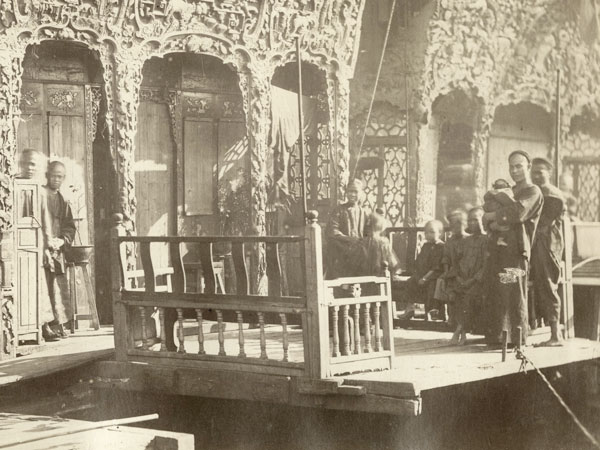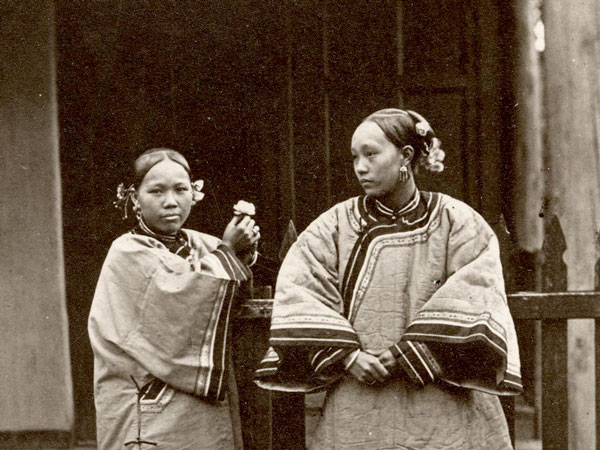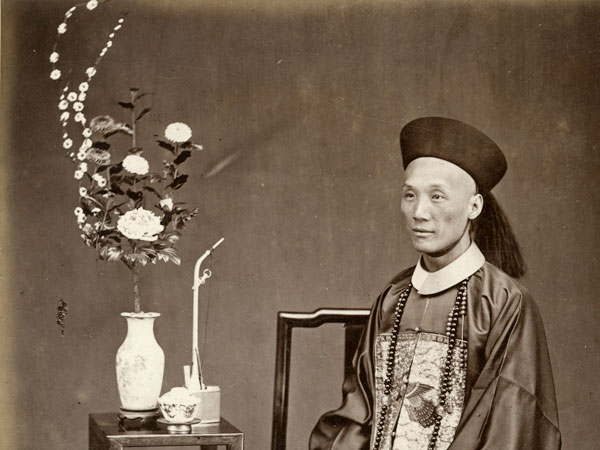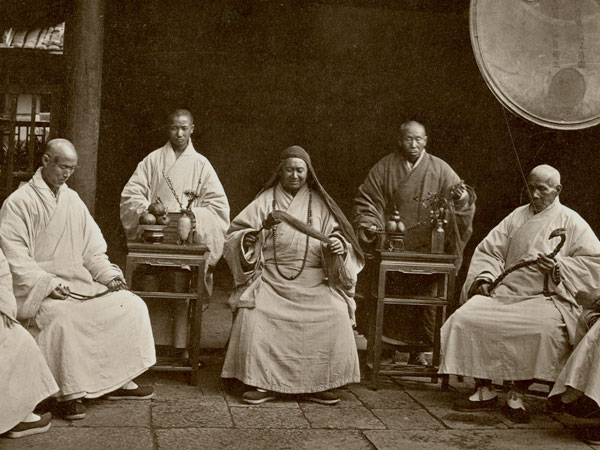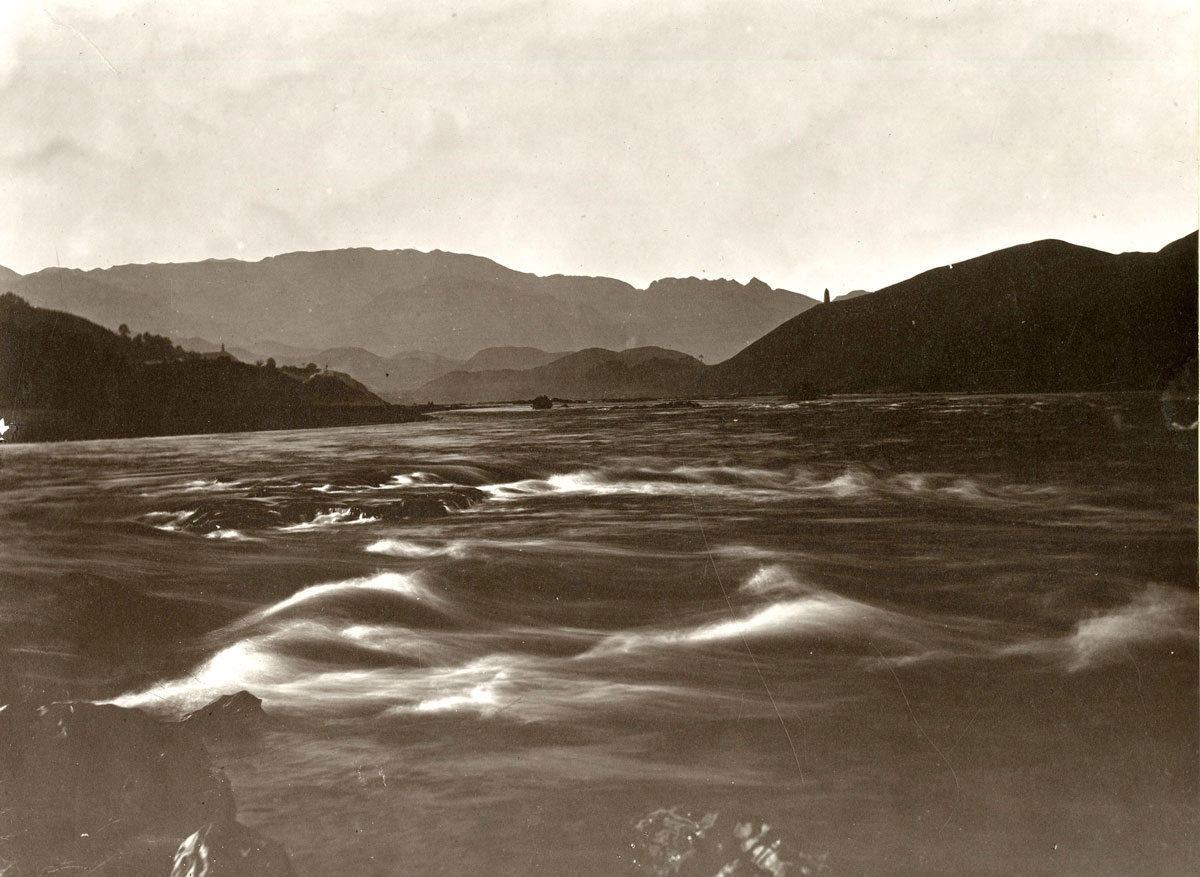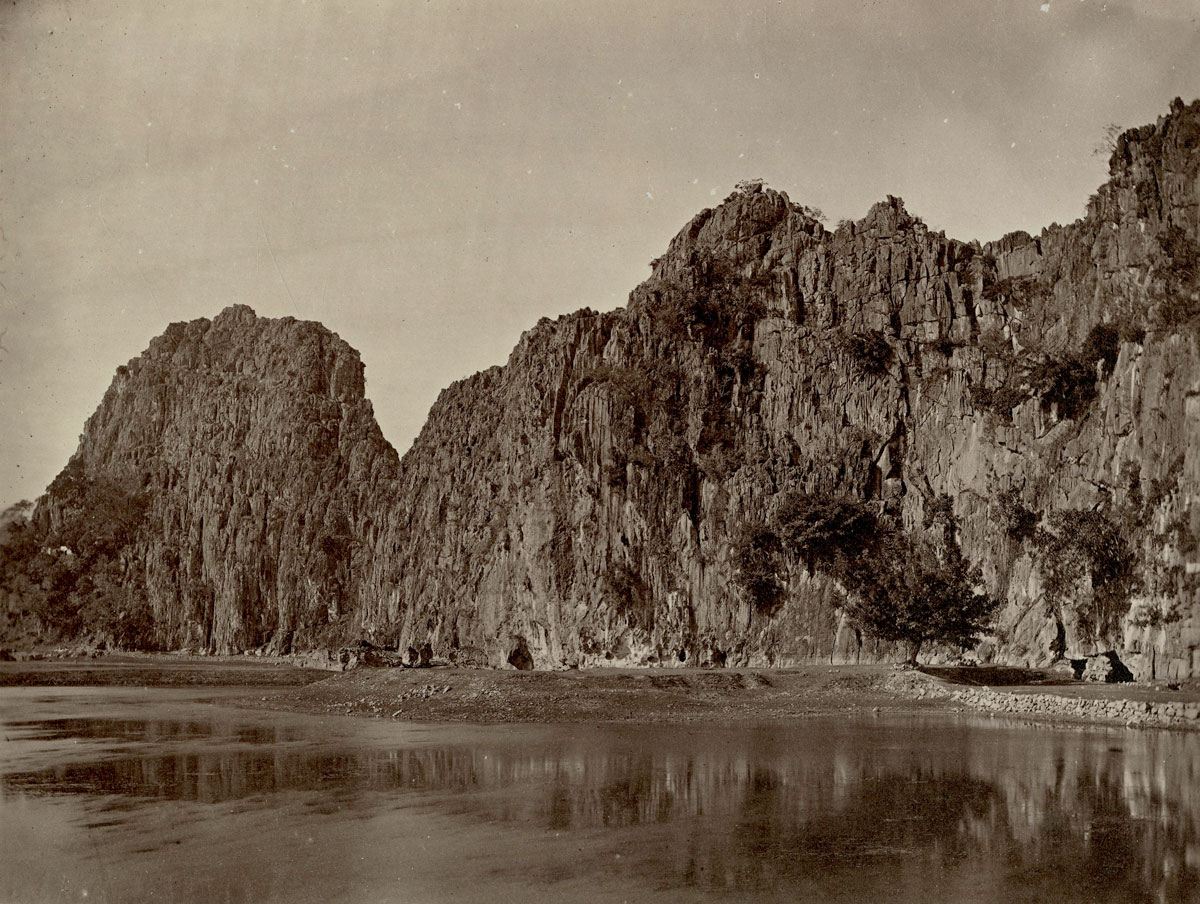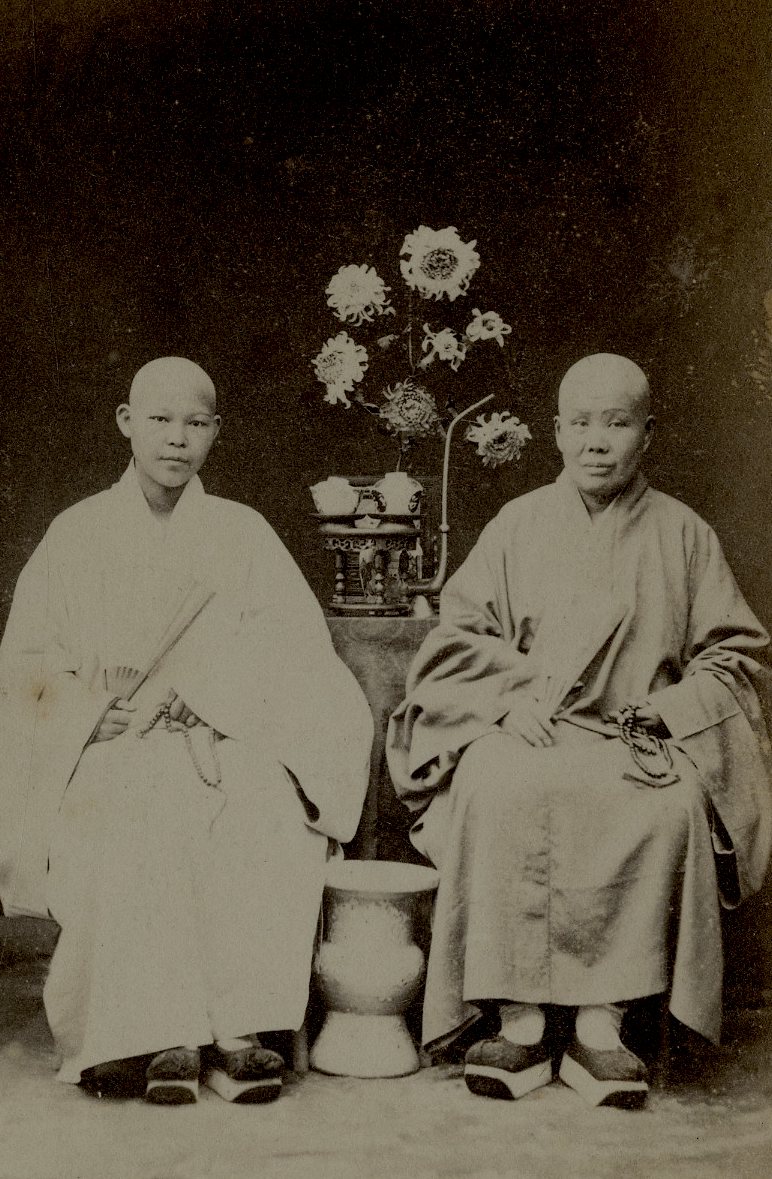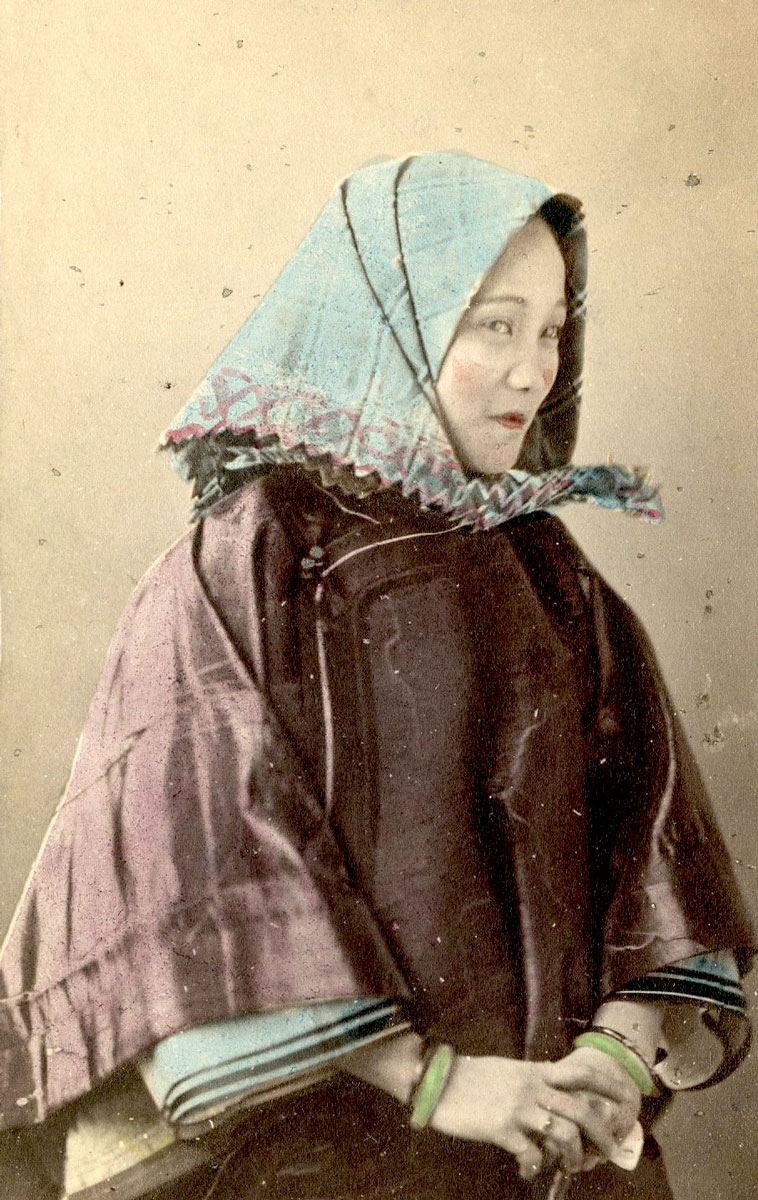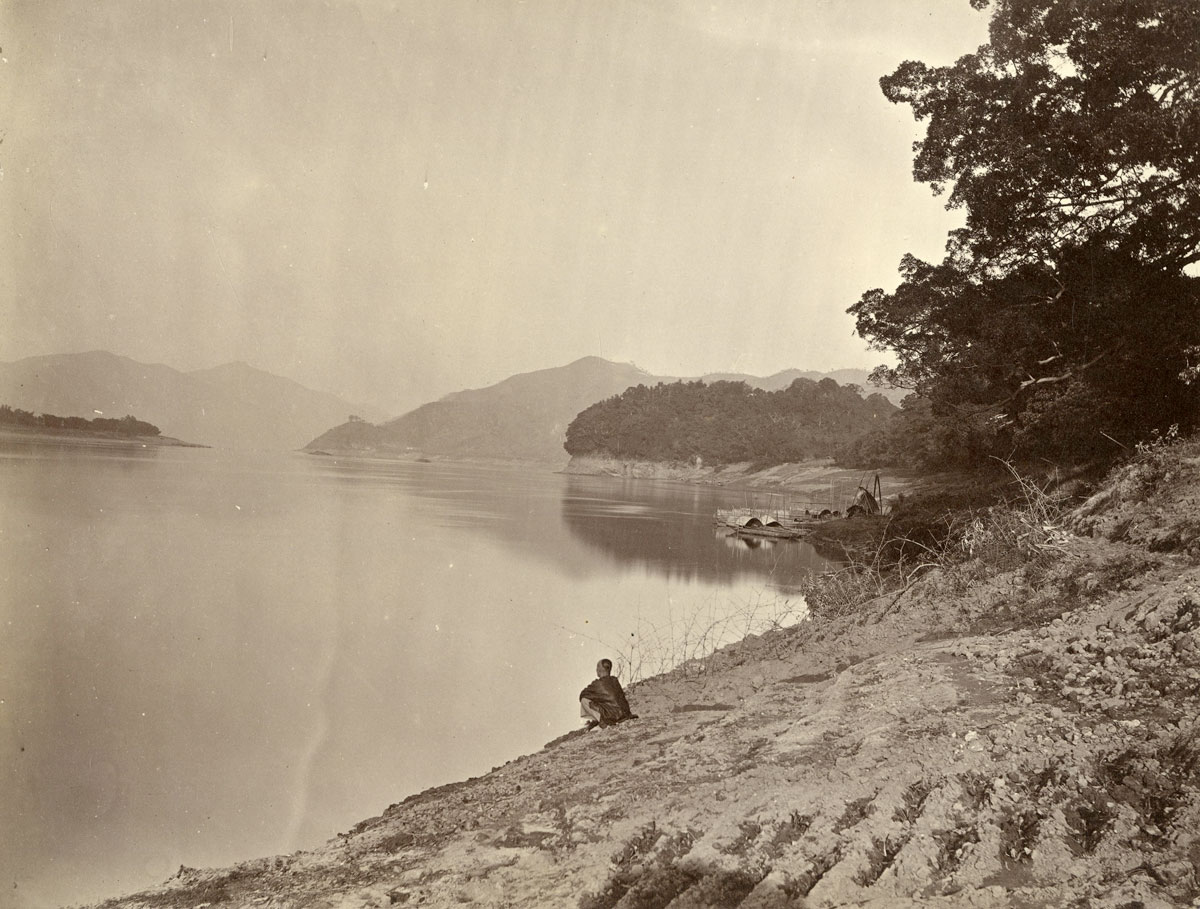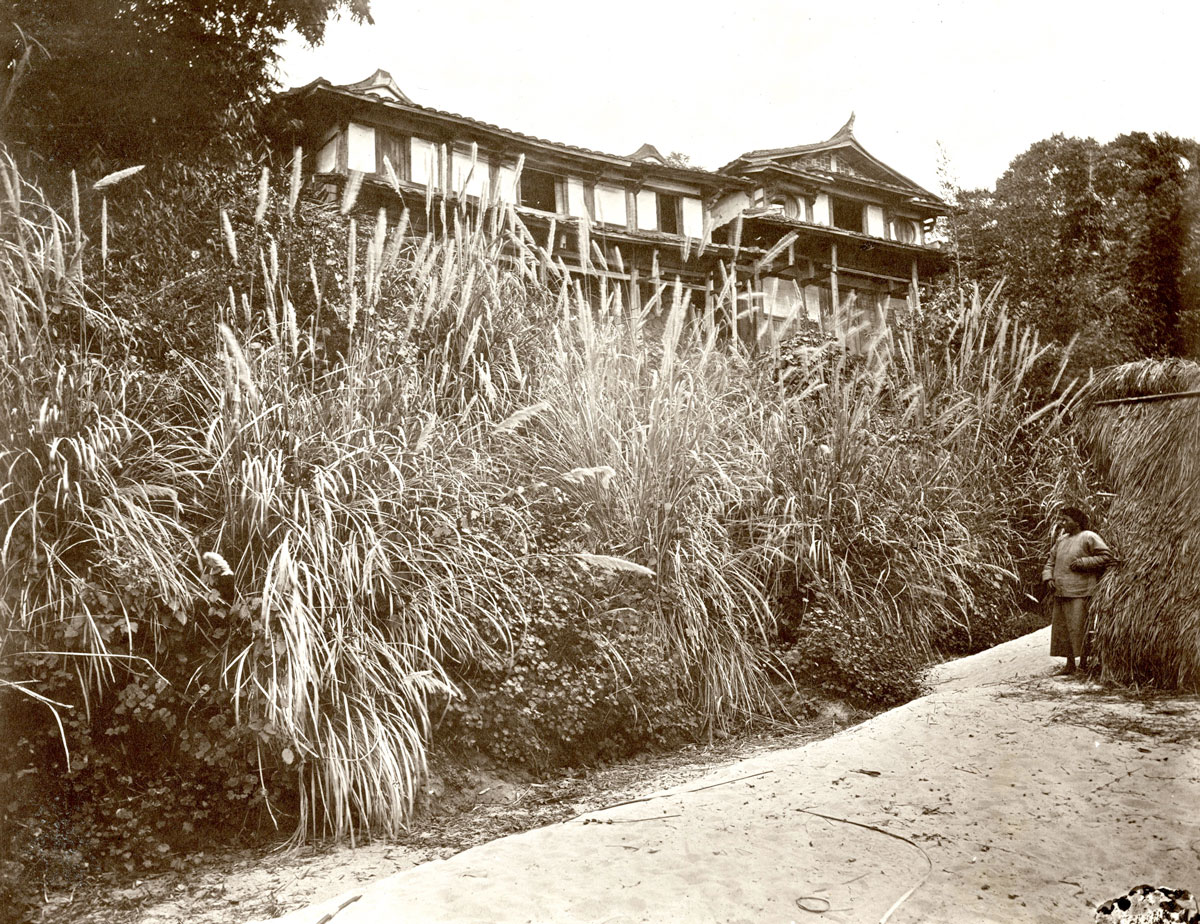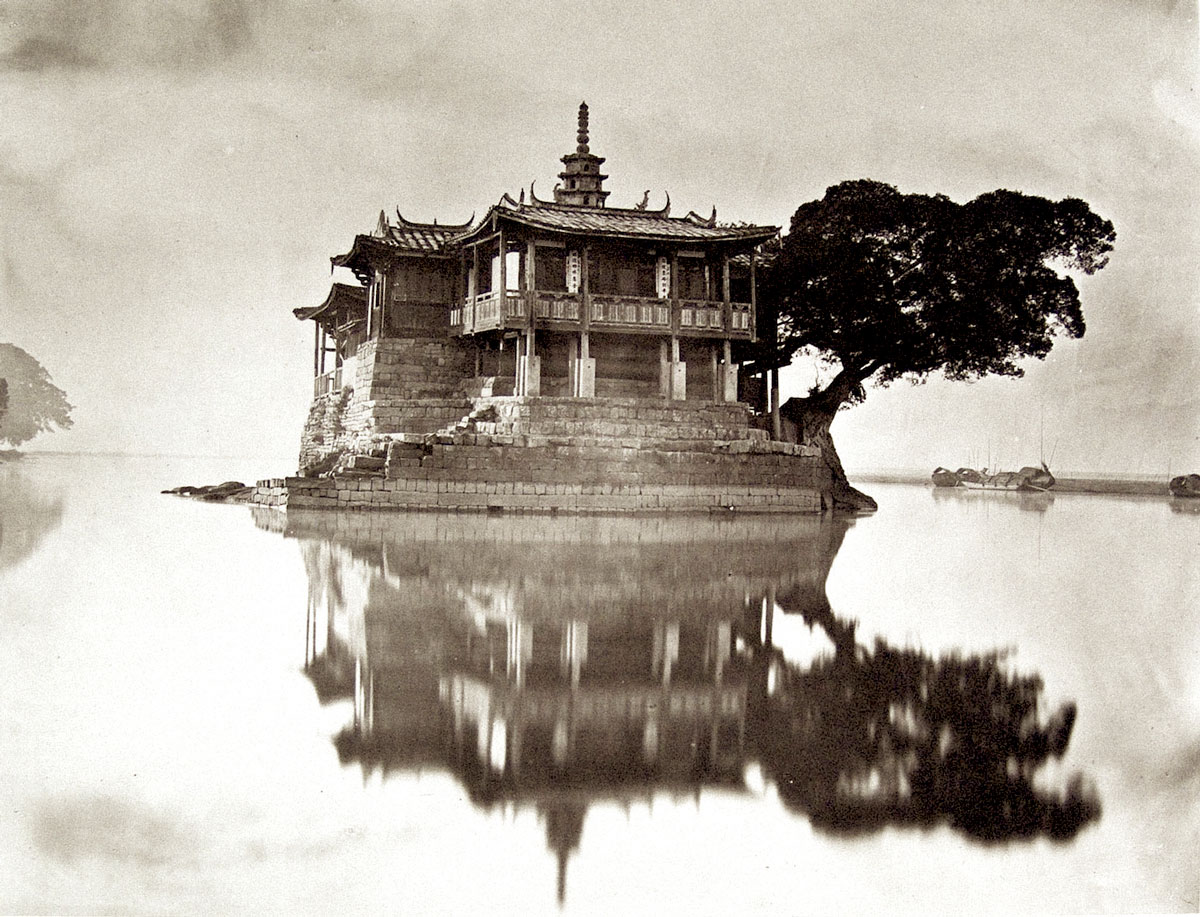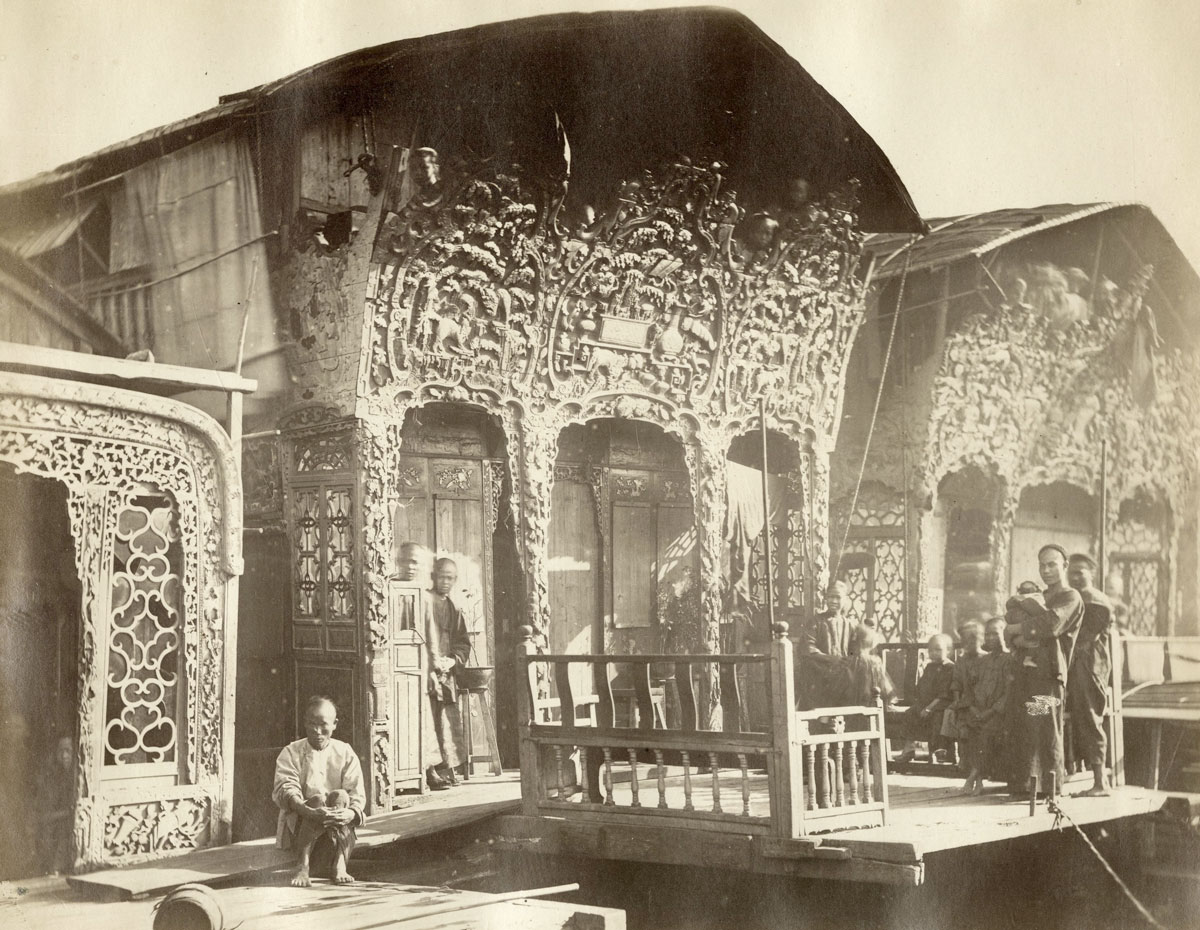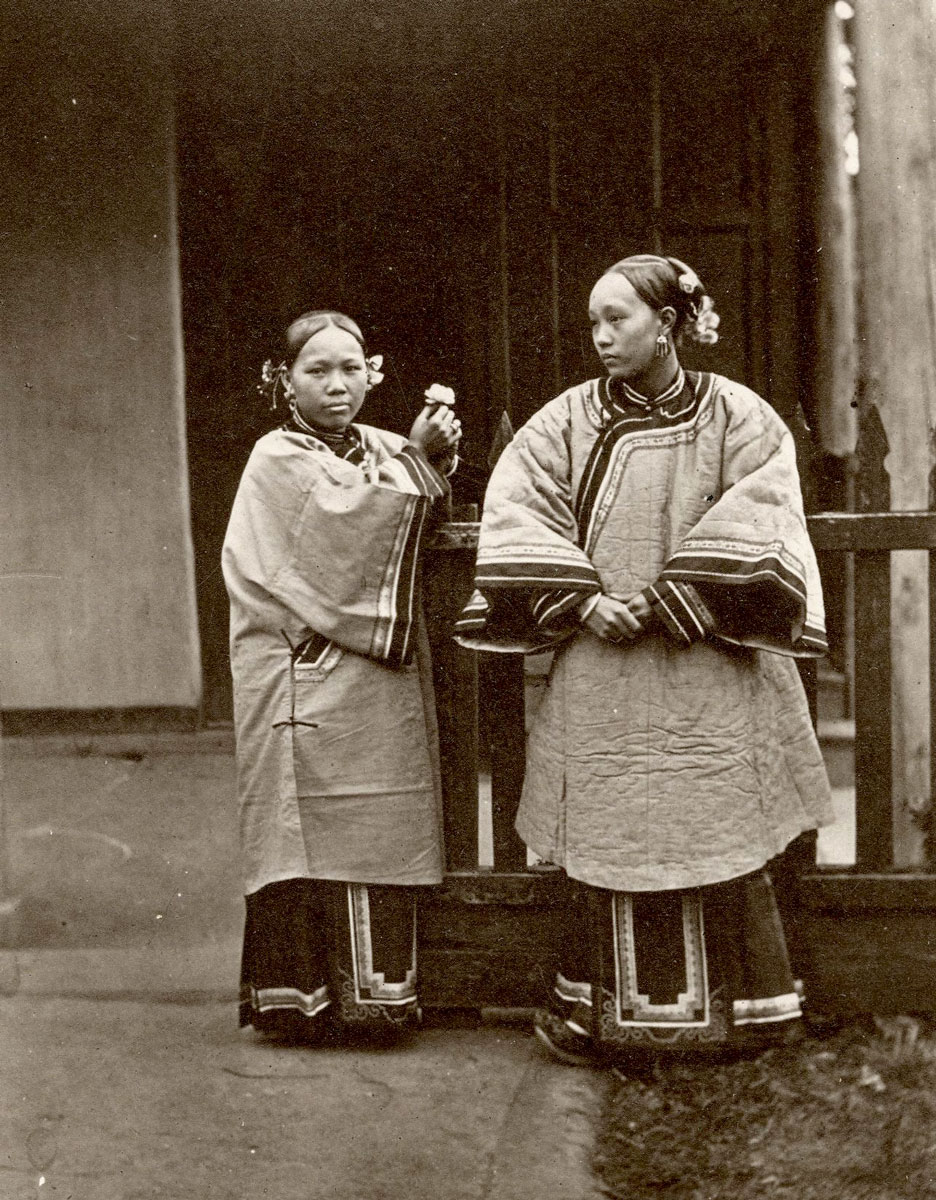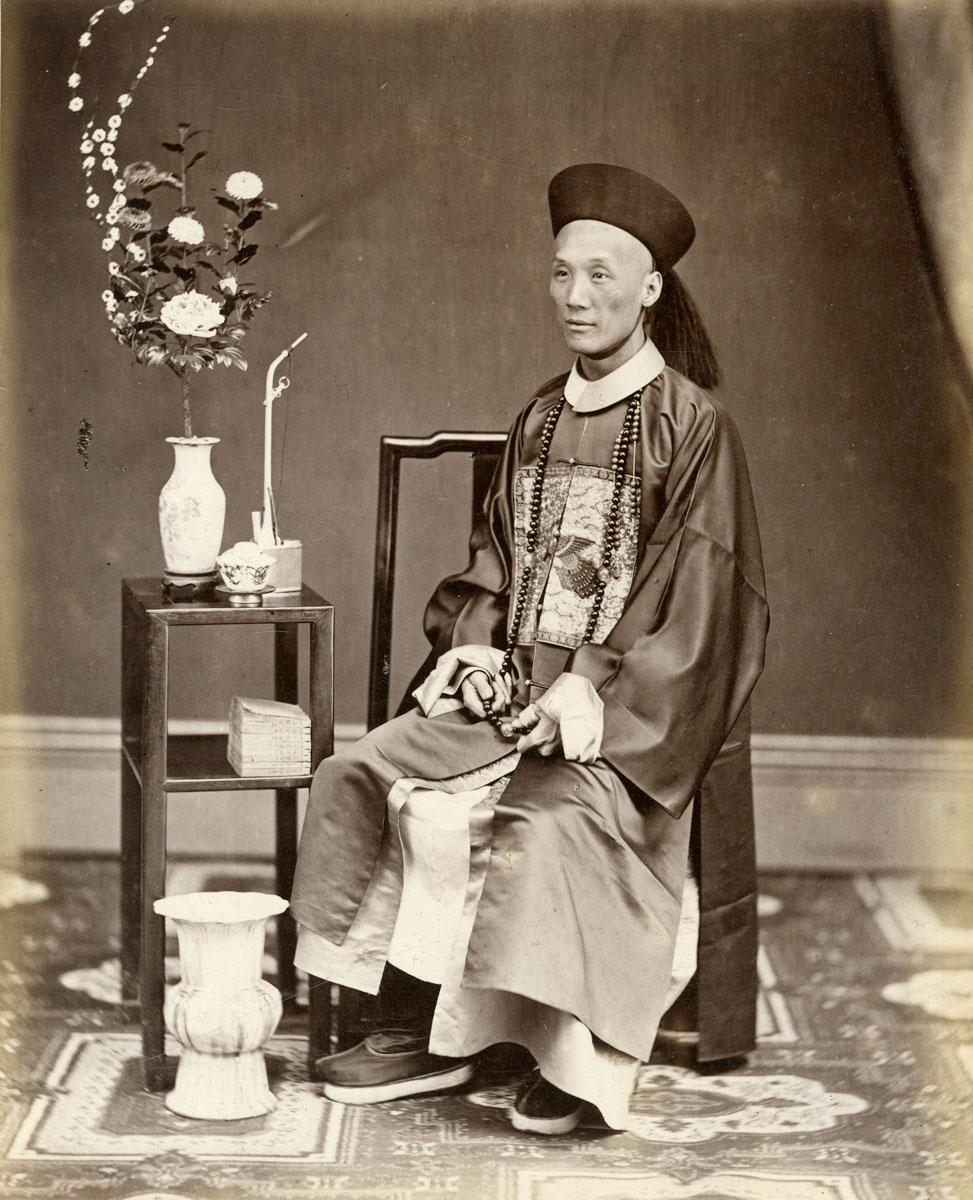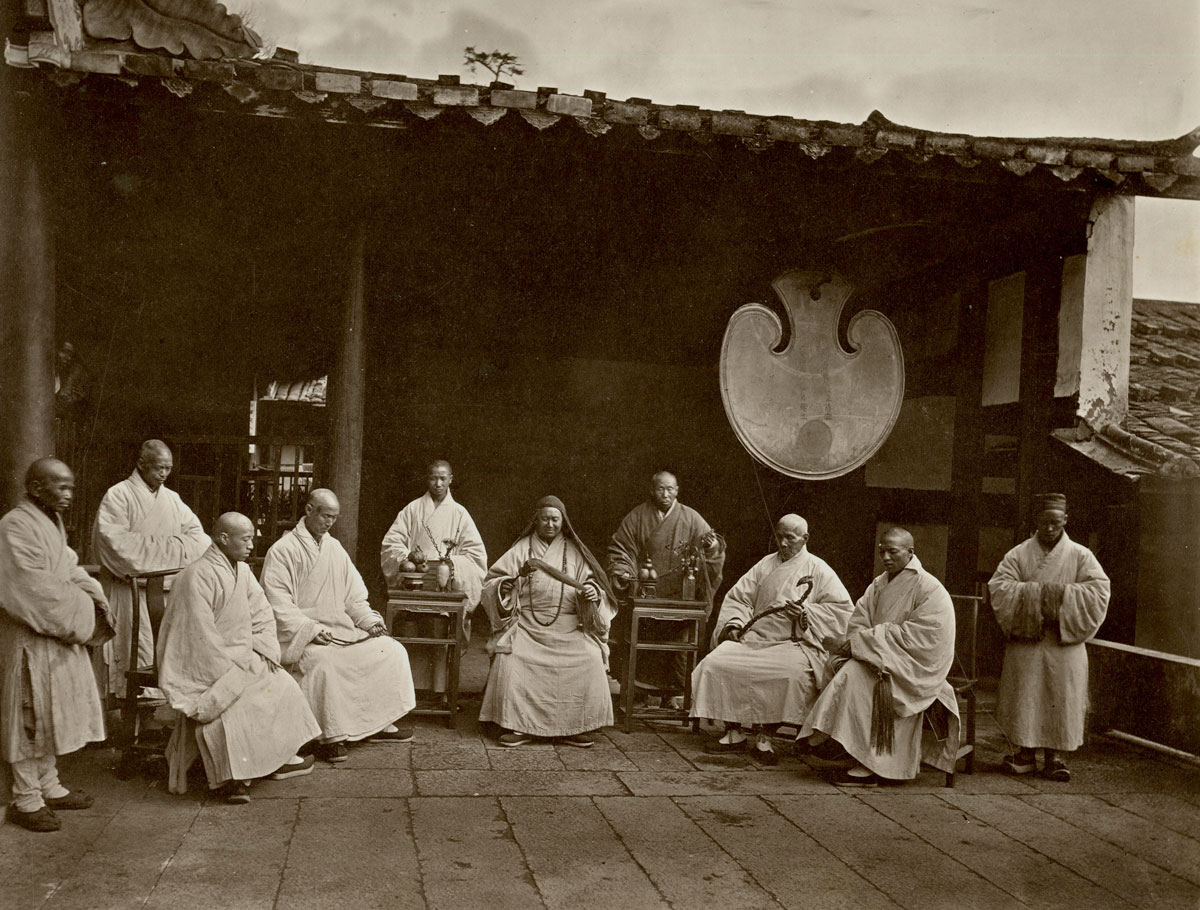ASIA WEEK NEW YORK EXHIBITION CLOSING SOON
Sun and Silver: Early Photographs of China by Lai Fong and John Thomson
March 13 – June 10, 2025
Opening Reception: Tuesday, March 18 from 6-8pm
Exhibiting at: 10 West 18th Street, 7th Floor
Asia Week Hours: By appointment from March 13-14 & 18-21, 10am-5pm; March 15, 11am-5pm
We are thrilled to present Sun and Silver: Early Photographs of China by Lai Fong and John Thomson during this season’s Asia Week New York. This exhibition brings together masterpieces by two giants of 19th-century photography of China. Lai Fong and John Thomson originated many of the most significant developments in the early art of photography in China. This show reveals the intricate and fascinating relationship between the works of the most famous early Chinese photographer and those of his leading foreign contemporary. The two photographers crossed paths, competed for patrons, and had a meaningful influence on one another and the art of photography.
This major exhibition gives viewers the opportunity to compare and contrast Lai Fong’s expressive artistry and technical ingenuity alongside Thomson’s stylistic virtuosity.
Sun and Silver: Early Photographs of China by Lai Fong and John Thomson spans the careers of both artists through the finest examples of vintage prints, all dating to the 1860s and 1870s. It also presents works by other 19th-century photography studios in China that share the themes and subjects of Lai Fong’s and Thomson’s photographs. The exhibition suggests new ways of looking at the origins of photography in China.
This exhibition of works by Lai Fong and John Thomson presents a tiny sliver of the holdings of the Loewentheil Collection, the most important collection of early China photographs in the world.
To learn more, click here.
VIRTUAL EXHIBITION
Seizing Shadows: Rare Photographs by Late Qing Dynasty Chinese Masters
The Loewentheil Collection’s first virtual exhibition presents a selection of the world’s finest nineteenth-century photographs of China by pioneering Chinese art photographers.
The exhibition draws from the Loewentheil Collection which was assembled over more than three decades of dedicated connoisseurship. The Loewentheil Collection comprises about 14,000 photographs spanning the earliest days of paper photography from the 1850s through the 1930s, the majority from before 1900. In addition, there are about 7000 photographs in the Loewentheil Collection from the Ernst Boerschmann Archive on the history of Chinese architecture.
The virtual exhibition presents photographs, many never before exhibited or digitized, by major early Chinese photographers and studios including Lai Fong, Liang Shitai, Pun Lun Studio, Tung Hing Studio, A Chan (Ya Zhen) Studio, Pow Kee Photographer Studio, Yu Xunling, and others.
This virtual exhibition offers the opportunity to view and explore rare early portraits including an iconic photograph of Empress Dowager Cixi by the Imperial photographer, Yu Xunling. Photography fascinated the Empress and she carefully orchestrated her portraits and tableaus. Another important portrait in the virtual exhibition is of the Marquis Li Hongzhang made by Liang Shitai, one the foremost nineteenth-century photographers. The compelling photograph conveys the Marquis’s power and inner character. The exhibition also presents some of the earliest photographic depictions of Chinese art and culture such as Lai Fong’s portrait of two Peking Opera performers.
Seizing Shadows: Rare Photographs by late Qing Dynasty Masters brings together selected works by the leading figures in nineteenth-century photography in China. Each is a pinnacle of photographic art worthy of study and exhibition.
To learn more and view the exhibition, click here.
About the Gallery
The Loewentheil Photography of China Collection is the world’s greatest collection of early photography of China. The collection, with its vast numbers, fine condition, and superior quality, could not be duplicated today, as the most important material is no longer available at any price.
The collection was formed over more than three decades of dedicated connoisseurship. It comprises about 14,000 photographs spanning the earliest days of paper photography from the 1850s through the 1930s, the majority from before the end of the Qing Dynasty. In addition, there are about 7,000 photographs from the Ernst Boerschmann Archive on the history of Chinese architecture.
The collection also includes the largest holding of Qing Dynasty photographs in the world. This is an unsurpassed Chinese artistic, historical and sociological treasure. No other existing resource of China can match its beauty and cultural significance while demonstrating the foundation which allowed for the building of modern China.
The finest masterpieces of Chinese photography created by virtually every artistic giant of early photography of China is also represented. This is the world’s foremost holding of early photographic works of China by both Chinese and international photographers. It was assembled with an emphasis on images of the highest artistic and historical quality in the best possible condition.
The Loewentheil Collection presents the historic architecture of China’s ancient cities and the monuments of its revered ancestors. The images portray the natural beauty of China from the rivers to the mountains and from the Great Wall to the Forbidden City. Every aspect of Chinese life and culture, from business to aesthetics, from dress to folkways, is captured here.
“With its large quantity and high quality of photographs, the Loewentheil Collection is a treasure that should be studied and explored systematically by the academic circle.” – Qi Xuemin, Professor of Humanities Tsinghua University
